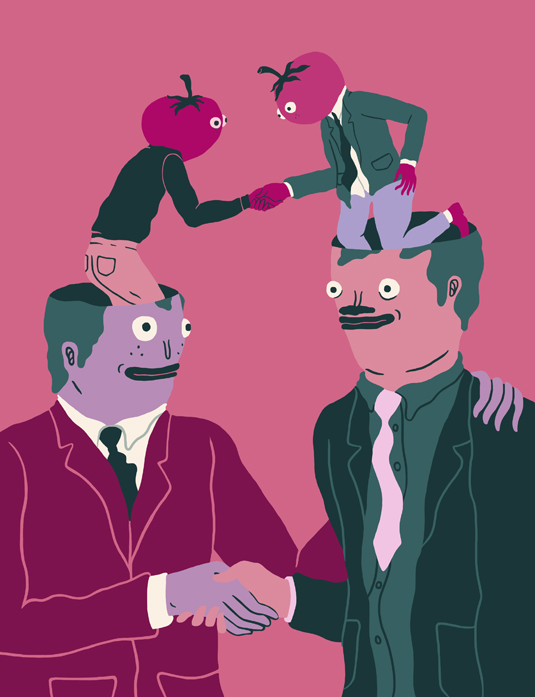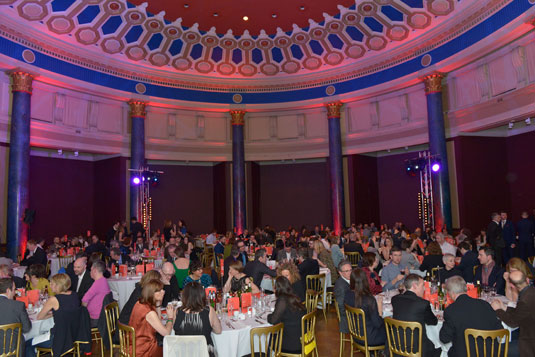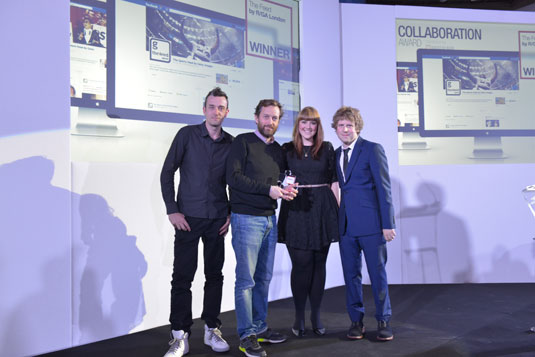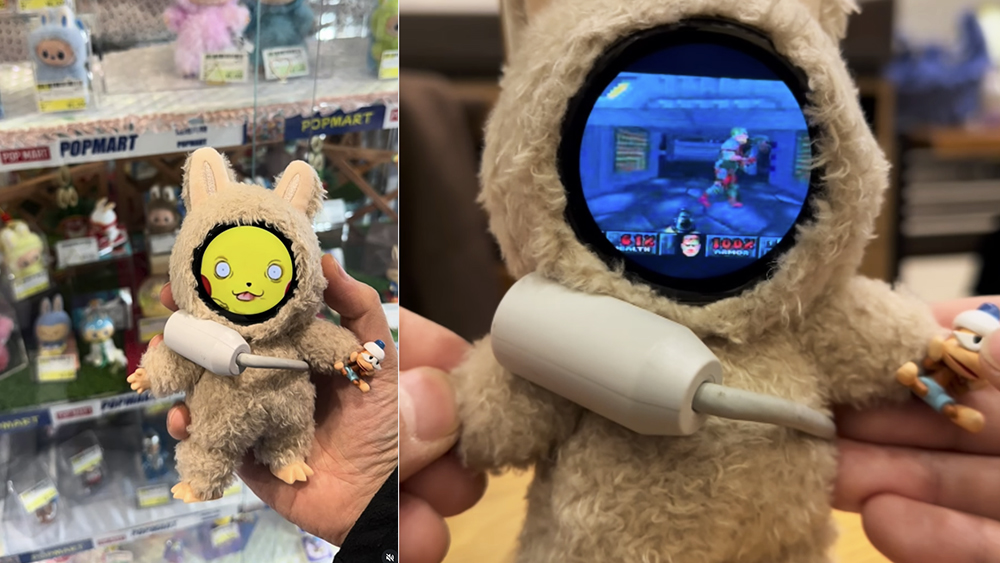How to create your best ever branding
Last year's Brand Impact Award winners share their golden secrets for designing outstanding branding.
Long gone is the era when a branding project involved the agency receiving the brief, traipsing off to the studio to design in isolation, and then handing over a perfectly formed piece of branding to a satisfied client.
It is clear to any agency worth its salt, that design work – and branding design in particular – requires a more collaborative approach these days.
"Without a collaborative relationship, based on mutual trust and respect, clients are only ever going to get a studio's interpretation of their brand, rather than communication that has been informed by essential dialogue from within a client organisation," says Simon Elliott, partner at design studio Rose, which won Best of Show at last year's Computer Arts Brand Impact Awards.
- Have you entered your best branding to the 2015 Brand Impact Awards? Enter here now!
The nature of branding work itself means that a collaborative approach to design is a must. Branding projects tend to support or convey organisational change within a business, says Jon Hewitt, creative director at Moving Brands, winner of a Brand Impact Award in the Entertainment category.
"People within the business that you're working with need to feel that their voice is being heard. So branding projects tend to have lots of inputs from lots of different people, and the nature of it means that you have to find ways to get people involved. Share regularly, and listen to their point of view."

Branding design is not about creating a brand in isolation and then handing it over, agrees Karen Hughes, creative director at True North, winner of a Brand Impact Award in the Culture category: "It's about co-creating something that people can get behind and champion."
Having the input of the people who live and breathe the brand on a day-to-day basis, will ensure brand design that is meaningful, inspiring and practical for those with the responsibility to deliver it.
Daily design news, reviews, how-tos and more, as picked by the editors.
Branding as a tool for change
Branding design today also means that if done correctly, it should make the senior management think about all aspects of their business and how it can be improved.
"If you have a good relationship," says Gareth Howat, founding partner at triple Brand Impact Award winner hat-trick. "This can be a really powerful tool for the organisation for change. It's not always straightforward, so you need to work closely together as you go along."
Design consultancy johnson banks also picked up three Brand Impact Awards in 2014, and often works closely with clients' in-house design studios. In fact, many clients have bigger design studios than the johnson banks outfit itself, founder Michael Johnson points out.
"We learned a long time ago that setting up a good dialogue between us and the in-house teams is fantastically useful. They have a plethora of insights and knowledge that we could take months, if not years, to fully understand." The scale of some of the branding work also demands that the work be shared, he adds.

"And crucially, a good brand idea stands and falls on its implementation, and that is where in-house teams really come into their own. If they like it, have been involved, feel part of the process, then things just run a lot more smoothly."
A recent client, The Cystic Fibrosis Trust, for example, took the brand idea and toolkit and really ran with it, says Johnson. "All very encouraging."
Complex relationship
But the actual process of forming successful collaborative relationships between design studio and client is complex. Collaboration can work on various levels, and establishing the optimal balance can be tricky. There should be some degree of collaboration on any project, but the extent of this depends on the culture of the organisation, Hughes observes.
For example, True North works extensively with the Wellcome Trust, where collaboration is a value that runs through everything. "For an organisation like this, consultation and co-creation is the only approach that we would ever consider taking," reveals Hughes.

"Collaboration is particularly important when working with an organisation with a large amount of stakeholders and decision makers, which these days is becoming more and more the norm."
Moving Brands also works extremely collaboratively with a number of its clients and their in-house teams. One such client is the BBC's User Experience and Design team. "We physically mix up the Moving Brands and BBC design team so that we're all in one space," says Hewitt.
And this approach has worked well: "It helps to run the decision-making process," he explains. "Sometimes it takes as long preparing a presentation on a piece of work as actually doing the work, so [the collaboration] strips that away and makes the whole process a lot more efficient."

Meanwhile, at johnson banks, client input into writing a brand's narrative is key, and the strategic stages of a project always involve multiple workshops. "The next stage, the design stage, we often do on our own, although we have sometimes worked in parallel with client teams," adds Johnson.
"We find the best way to collaborate is once an overall route is agreed, and then we can jointly work out how to best implement it. That often involves client teams coming to us 'on placement' to get under the skin of an idea and help us work out the best way to roll it out."
During johnson banks' work with the Science Museum, for example, members of the in-house team took it in turns to come to the studio and spend time there working on live projects. This "helped them get into the design idea", says Johnson, "and also helped us understand the requirements of certain 'tricky' clients at the museum."
However, while some clients really want to be completely hands-on at all stages of the design process, others might prefer to keep agencies at arm's distance, Howat points out. "You ideally need something in between, so you can get involvement from the client, but you maintain some perspective on the project."
The 2015 Brand Impact Awards are now open for entry
Next page: finding the right channels of communication for your client...

The Creative Bloq team is made up of a group of art and design enthusiasts, and has changed and evolved since Creative Bloq began back in 2012. The current website team consists of eight full-time members of staff: Editor Georgia Coggan, Deputy Editor Rosie Hilder, Ecommerce Editor Beren Neale, Senior News Editor Daniel Piper, Editor, Digital Art and 3D Ian Dean, Tech Reviews Editor Erlingur Einarsson, Ecommerce Writer Beth Nicholls and Staff Writer Natalie Fear, as well as a roster of freelancers from around the world. The ImagineFX magazine team also pitch in, ensuring that content from leading digital art publication ImagineFX is represented on Creative Bloq.
